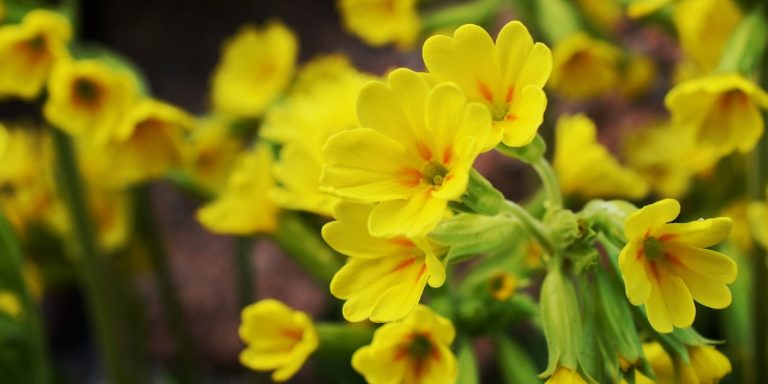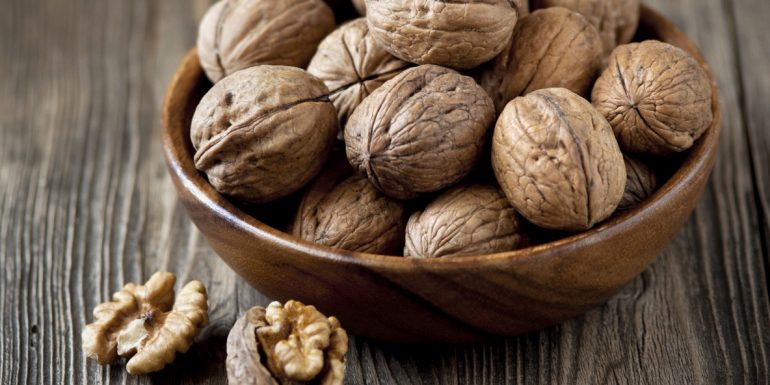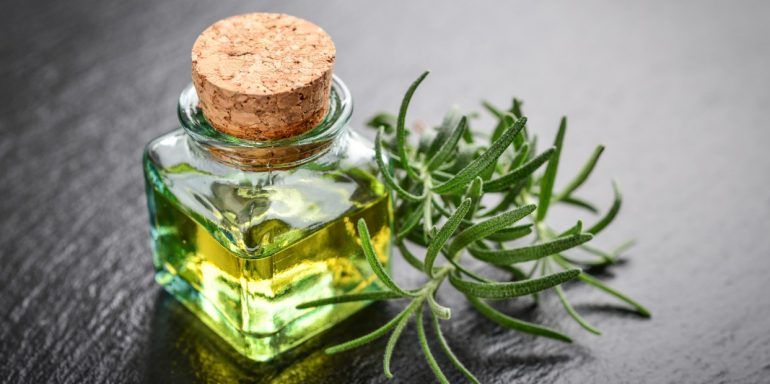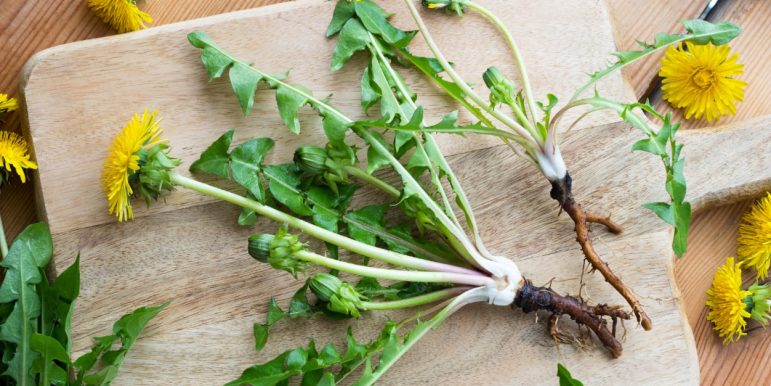
Say goodbye to winter frustration: cowslip
The cowslip rescues us from our winter blues: it warms our organism, loosens up the persistent mucous in the lungs, relaxes stiff limbs and wards off rheumatism. However, the delicate plant has many other hidden talents.
As delicate as the flower may seem, it is actually quite potent. Traditional herbal medicine uses the roots of the Primula veris to treat coughs, and its flowers are a remedy for headaches. The honey-scented plant is also said to work miracles where heart problems are concerned. Knowledge of the cowslip’s healing powers dates back a long time.
As early as the Middle Ages, the universal scholar, Hildegard of Bingen, recommended placing a warm compress containing the sun-yellow flowers on the heart in order to ward off melancholia or even delusions. Later, the followers of Rudolf Steiner’s anthroposophical teachings combined the warming primula with cotton thistle and hyoscyamus to correct an abnormal heart rhythm.
Valuable tonic
The “water doctor”, Sebastian Kneipp, was also full of praise for the plant: he extoled its virtues as a remedy for arthritis which is made worse by the cold and damp conditions that prevail during the winter. He promised that the daily consumption of a cowslip tea would make the pain go away – provided that you also go on a strict alkaline diet for six weeks, do not use any stimulants (like tea, coffee, alcohol, cigarettes, etc.) and exercise outside every day. Not only can cowslip be used as a remedy in the form of a compress, tea or tincture – the ornamental plant can also be eaten. All parts are edible, from the roots to the flowers.
They all contain specific medicinal substances: there are substances in the calyx and in the flowers which stabilise the walls of our vessels, encourage expectoration and kill harmful pathogens. These substances are found in concentrated form in the roots which also contain active constituents that are effective in alleviating pain and inflammation. A tonic of the roots stimulates the blood-purifying spleen and the metabolically active pancreas, thus helping to loosen deposits in vessels and joints.
A herb for tightrope walkers
A daily cup of tea made from cowslip roots is an effective remedy for joint pain and gout. In case of chronic respiratory problems like bronchitis or coughing, the root should be used together with an equal amount of thyme. This loosens mucous in the lungs, throat and paranasal sinuses. Clear airways in turn relieve the strain on the heart. Combining rosemary tea with cowslip tea clears the mind. For this reason, tightrope walkers are even said to have chewed the flower in the Middle Ages to avoid getting dizzy. The cowslip is one of the first plants of the year.
It flowers during the season of Venus, the goddess of spring. Before Christianisation, it was dedicated to Freya, the Germanic goddess of love. On her crown, she wore a small key with which she opened people’s hearts and awakened nature’s hibernating forces. Another legend explains how Saint Peter dropped the bunch of keys to the gates of heaven on the ground. Although an angel brought it back, from then on a cowslip bloomed in the place where the bunch of keys had touched the soil.
Primula veris
Family
Primrose (Primulaceae)
Appearance
The cowslip’s leaves form a rosette which is close to the ground. The leaves are egg-shaped with a wavy structure. The round stem protrudes from the centre and grows to a height of 15 to 30 cm. Bright yellow flowers, which have five orange spots in the fance, hang down from above. Every individual flower sits in a long calyx and gives off a delicate fragrance.
Location
The hardy plant needs calcareous, nitrogen-poor and loose soil near bodies of water, on sunny meadows and in thin hedges.
Harvest time
Leaves: February to May (in Switzerland)
Flowers with a calyx: April to May
Roots: in spring before the stem is formed when the rosette is visible, or in the autumn when the stem has wilted
The flower is protected in the canton of Aargau. In all other cantons, it should – if at all – only be harvested in small quantities.
Use
Leaves:
Deep-fried, gently fried or finely chopped in salads or soups
Flowers and roots:
As a tea
for one cup of tea: pour 2 dl of hot water over 1 teaspoon of flowers (the dried flowers are available at pharmacies). Steeping period: 8 min.
For greater effect: add 1 teaspoon of root pieces to 2 dl of water and briefly bring to the boil; steeping period: 10 min. Sweeten with honey.
As a tincture
take 25 drops dissolved in a bit of water three times a day after meals. Take for six weeks to detoxify the body, or for one to three weeks to treat a phlegmy cough.



Newsletter
Find out more about current health issues every month and get all the information you need about our attractive offers from all Helsana Group companies * delivered by e-mail to read whenever it suits you. Our newsletter is free of charge and you can sign up here:
We did not receive your information. Please try again later.
* The Helsana Group comprises Helsana Insurance Company Ltd, Helsana Supplementary Insurances Ltd and Helsana Accidents Ltd.